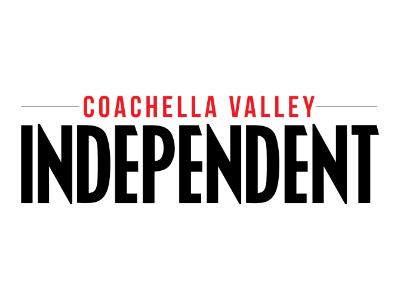
As we approached deadline on our first print edition of 2024, I felt concerned—about journalism in the United States, and our country in general.
In recent days, two stalwarts of independent local journalism announced major changes and cutbacks. The Chico News & Review said its January print edition would be its last, although the 46-year-old Northern California publication will continue—in a more limited form—online.
“For the past 3 1/2 years, the newspaper has persevered, publishing monthly with the hope that ad sales would bounce back post-COVID pandemic,” said editor Jason Cassidy in a note to readers. “Unfortunately, they haven’t, and we find ourselves at a crossroads. We will now try to forge a new path. The CN&R’s mission will persist online, where we will channel our resources toward enhancing coverage of local government and continuing as the go-to resource for local arts information.”
A few states to the east, the 30-year-old Colorado Springs Independent announced it would be taking “a break” and would “cease publishing for the immediate future.”
“If we’re going to succeed, we will need everyone’s support and encouragement,” wrote publisher Fran Zankowski. “It’s too important for the health of our community to let this voice be silenced. With great hope, optimism and resilience, our plan is to eliminate our debt, reorganize and return in February with a financially stable, successful and revitalized publication.”
This is not to say that all news outlets are in trouble, or even doing poorly—but the industry as a whole is not in great shape. TheWrap, a media/entertainment news source, had this to say in a December article: “Broadcast, print and digital outlets collectively saw 2,681 journalism job cuts in 2023, up 48% from 1,808 in 2022 and 77% from 1,511 in 2021, according to a report from employment firm Challenger, Gray & Christmas. With a collapsing advertising-revenue model and more media companies experimenting with artificial intelligence to create content, the outlook for journalism is dimming, media analysts told TheWrap. The decline underscores the need for the public and even governments to fund news gathering if it is to survive in its current form and avoid widespread ‘news deserts,’ they said.”
I’ve said it before, but I need to say it again: Fewer news sources and fewer journalists on the streets means bad things for communities. When elected officials and other people in power don’t have a watchdog, that leads to corruption. When there are fewer arts writers, local culture gets less exposure. Less well-sourced, factual news means the public is less informed.
In some ways, we’ve been fortunate in the Coachella Valley. The Desert Sun has been spared from major cuts, unlike some of its fellow Gannett publications, in part because the unionized newsroom is in the midst of contract negotiations, and is therefore protected from major changes by labor laws—and in part because the editors have been successful at getting community and nonprofit support to pay for two positions (the opinion page editor and the philanthropy editor) that corporate eliminated. The Palm Springs Post, only a few years old, does good work, and several other smaller, less-professional online-only outlets have their moments. Here at the Independent, we’re doing OK—we don’t have the resources to grow, unfortunately, but we’re not in any immediate danger of cuts, either. (If you can support us, please do.)
Local media needs the support of advertisers and readers—yes, readers like you—to survive. Please do your part.
Note: This is a slightly edited version of the editor’s note that appeared in the January 2024 print edition. Portions of this column were originally published online in the Dec. 21 Indy Digest.
A Note From the Editor: Worries About the State of Journalism—and the U.S. in General is a story from Coachella Valley Independent, the Coachella Valley’s alternative news source.

